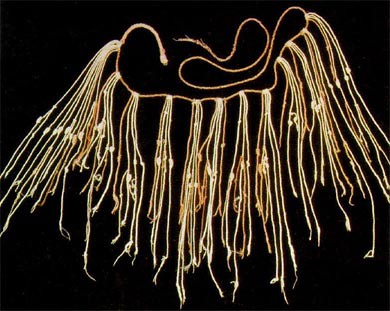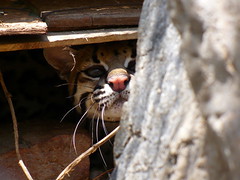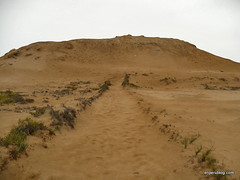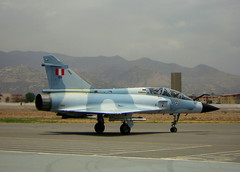Colonial Trujillo
Trujillo is the capital of the region of La Libertad on the northern coast, and is the third largest city in Peru after Lima and Arequipa. This is where the Moche and Chimú civilizations developed between 200B.C. and 700A.D. Its year-round pleasant climate has earned it the title of “Capital of the Eternal Spring”. It has wonderful beaches, including the famous Huanchaco, which are sometimes venues for international surfing competitions. Fishermen still use reed canoes called “Caballitos de Tortora”, made the same way for thousands of years.
Trujillo was one of the first cities founded by Spanish conquerors in America. 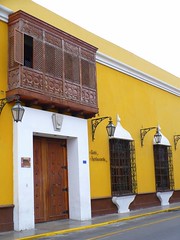 On December 6, 1534, Diego de Almagro founded the city under the name of “Villa Trujillo,” in honour of Francisco Pizarro‘s birthplace, Trujillo in Extremadura, Spain. On 23 November 1537, King Charles I of Spain gave it the rank of ‘city’ and the coat of arms that remains a symbol for the city.
On December 6, 1534, Diego de Almagro founded the city under the name of “Villa Trujillo,” in honour of Francisco Pizarro‘s birthplace, Trujillo in Extremadura, Spain. On 23 November 1537, King Charles I of Spain gave it the rank of ‘city’ and the coat of arms that remains a symbol for the city.
During colonial times the city developed its own architectural style seen in its gracious family homes with large wrought-iron windows, unique to the city. Trujillo played a significant role in the struggle against Spanish rule. It declared its independence in 1820, served as temporary capital of Peru in 1825, and was the main headquarters for Simon Bolívar.
Trujillo is a beautiful city and shows how central Lima might look if it were less dirty and chaotic.
The colonial beauty continues through the night in Trujillo. Here are some of the photos, but there are more attached to this blog.
 |

|
 |
The Spanish built this city (for those who want a little more history) next to the old capital of the Chimu kingdom, the Chimu having been conquered by the Incas before the Spanish arrived. The map below is of the city and the nearby “indian villages” that were created by Gonzales de Cuenca in 1565 to wipe out traditional customs.
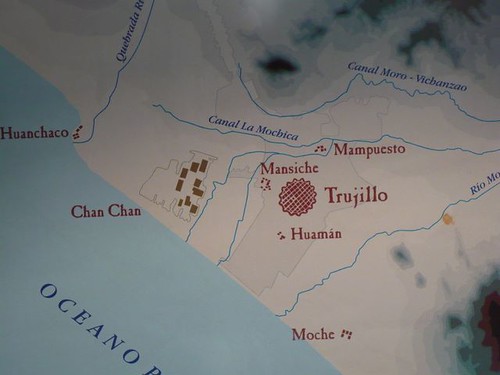
It also shows the scale of the Chimu capital, Chan Chan, bigger than the Spanish city.
Photos –
Tags: 1500s, 1800s, chan chan, chimu, colonial, diego de almagro, incas, la libertad, pizarro, spaniards, trujillo





